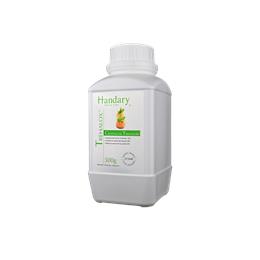Description
Frozen fruits can be used in a variety of ways, such as in smoothies, desserts, baked goods, sauces, and as toppings for yogurt, oatmeal, or salads. Frozen fruits are convenient and can be a great option when fresh fruits are not available or out of season, as they retain their nutritional value and flavour when properly frozen.
Enzymatic browning
Enzymatic browning is a common spoilage issue that can occur in frozen fruits. Enzymatic browning is a natural chemical reaction that takes place when the enzymes in fruits come into contact with oxygen in the presence of an enzyme called polyphenol oxidase. This reaction causes the fruit to turn brown or darken, which can affect its appearance, flavour, and nutritional value.
Melting resistance
Melting resistance refers to the ability of frozen fruits to maintain its shape and texture when exposed to heat or temperature changes. It is important to prevent the fruit from becoming too soft or mushy when thawed or heated. Firmness refers to the degree of hardness or texture of the frozen fruits. It is an important quality as it affects the sensory perception and overall eating experience of the product.
Water migration
Water migration in frozen fruits can occur during freezing, thawing, and storage, and it can affect the texture, flavor, and appearance of the fruit. It is a natural process that can occur during various stages of food processing, storage, and transportation, and it can impact the quality and shelf-life of food products. can result in various quality issues, such as loss of texture, formation of ice crystals, and potential loss of flavour and nutritional value.
 English
English 简体中文
简体中文 Français
Français Español
Español



